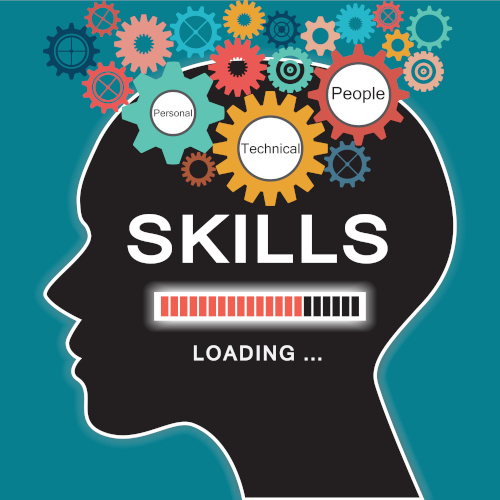The skills required for success in the new economy were already changing. Now, COVID has sped up these changes dramatically.
As researchers warn of a growing “digital skills gap” that threatens to hold back innovation, experts are calling on schools to rethink instruction so that it more closely aligns with emerging workforce needs.
The global pandemic has quickened the pace of technological development around the world as services that had not been digital before moved online and others that were performed by humans became automated. This rapid digital acceleration has created a huge demand for more highly skilled workers who can develop software, program machines, and support new innovations.
“There are just not enough people with the right digital skills to enable the transformation that companies are seeking,” said Salil Gunashekar, a research leader and associate director at RAND Europe who focuses on science and technology policy.
RAND Europe, the European arm of global research firm RAND Corp., issued a report in March that describes the worldwide digital skills gap in stark detail. The report should serve as a wake-up call for education leaders in the United States and elsewhere to think about how instruction should change to meet employers’ needs more effectively.
“Employers are actively seeking employees with digital skills in order to adapt to an increasingly digitalized environment,” the report says. “While the demand for digital skills is high, supply is low — and businesses often struggle to find talent for digital roles.”
Consider these statistics:
- A global survey of companies with more than 1,000 employees across a wide range of industries found that more than half (54 percent) agreed that a shortage of digital talent has led to a loss of competitive advantage and that if the digital skills gap isn’t closed soon, there will be negative impacts on product development, innovation, and customer experiences.
- In European countries, the report noted, 57 percent of organizations find it hard to fill ICT specialist roles. This trend exists in other parts of the world as well; for instance, the U.S. Bureau of Labor Statistics says the demand for software developers will grow 22 percent through 2030.
- The world’s major economies stand to lose up to $11.5 trillion in potential growth by 2028 if the digital skills gap isn’t addressed.
The RAND report defined a broad range of digital skills that employers require, including information and data literacy, processing, and management; communication and collaboration through digital means; digital content creation; using technology tools for problem solving and critical thinking; and more advanced skills such as developing and programming software.
Implications for schools
Daniel A. Domenech, executive director of AASA, the School Superintendents Association, says K-12 leaders must recognize that the skills students need to learn now are very different than the ones schools traditionally have taught.
“We have focused on reading, writing, and arithmetic for more than a century,” Domenech says. While those skills are still essential, students also need new forms of literacy, he observes — such as the ability to solve problems collaboratively and find and evaluate information online.
Teaching and learning today should involve collaborative problem solving, Domenech says. However, this requires a cultural shift among schools.
“Traditionally, when teachers have seen two students sharing information on their phones, they have assumed this is cheating,” he explains. “But in reality, this is exactly the kind of collaboration that employers want.”
Another key takeaway from the RAND report is that computer science and coding should be more widely integrated into the K-12 curriculum, says Jesse Lozano, co-founder of pi-top. Pi-top provides a computer science lesson platform and project kits for students to learn coding and robotics through engaging, hands-on projects.
However, too few students actually have an opportunity to learn these skills before they get to college.
According to Code.org, the percentage of American high schools teach computer science is still fewer than half. Low-income students and those who live in rural areas are among the least likely to be exposed to this subject.
By integrating subjects like coding, robotics, and computer science throughout the K-12 curriculum, “schools can play a key role in helping to close the worldwide digital skills gap,” Lozano says.
- Can technology help schools prevent AI-based cheating? - April 14, 2023
- How to ensure digital equity in online testing - July 6, 2022
- ‘Digital skills gap’ threatens innovation - May 30, 2022

